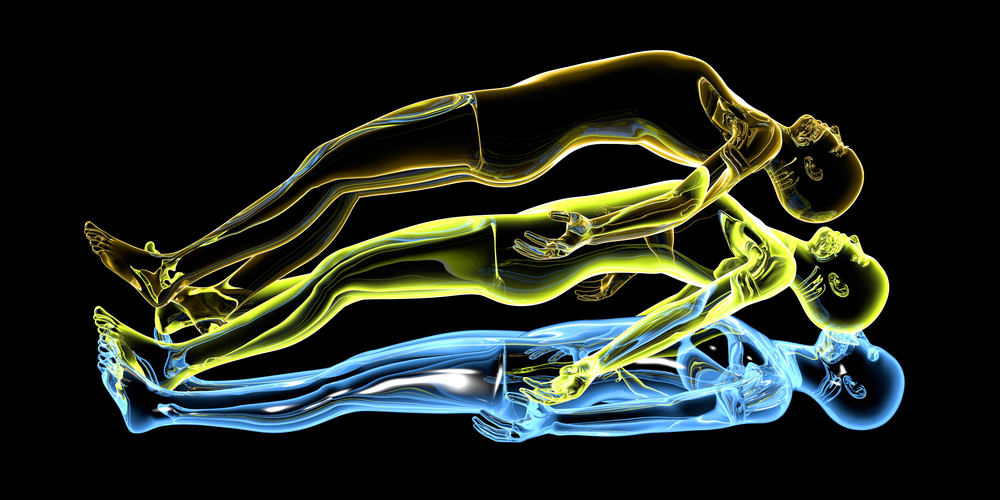Maybe it’s a little semantic to question whether talking about near death experience (NDE) is appropriate for our End of Life Conversations (EOLC) group – but that didn’t stop Tom Rotella, who has been a hospice worker and leads a group on NDE’s, coming to do just that.

He was telling us about these phenomena that happen to people in times of crisis like heart attacks, cardiac arrests, near drowning, severe accidents, anesthesia. And referenced the book Evidence of the Afterlife by Jeffery Long MD, a radiation oncologist in Louisiana with many “firsthand accounts of people who have died and lived to tell about it.”
Such people describe remarkably consistent experiences
- Leaving the physical body and entering another realm or dimension
- Being outside the body and seeing oneself – often from above.
- Vision of a tunnel or bright light.
- Connecting with former loved ones and/or a reviewing one’s life.
- A feeling of peace and wellbeing, of one-ness of infinite knowledge and connectedness and sometimes seeing some deity – what or who depending on your religious beliefs.
It is quite common for people to find this experience abolishes fear of death – though sometimes it can be the opposite. Scary, or even inducing a form of PTSD.
Among the participants at this EOLC meeting, a couple told of such experience. One in a near drowning describing seeing a row of very dilapidated houses at the top of the beach and thinking they were “the most beautiful houses I’d ever seen.”
As a “no-bullshit” doctor/scientist I’m intrigued to know exactly how this could be, and a little skeptical. What’s going on that people are blissed out by dying, and then “coming back.”
I am very intrigued that they are mystical, quasi-religious experiences. A universal connectedness, a “one-ness” – similar to what mystics, meditators and holy-men strive for all their lives, and tell us to strive for.
The Biochemistry
All our mental experiences are ultimately a neuro-pharmacological event. Any thought or sensation we have is manifest through the activation of our neurons – which of course “talk” to each other by releasing neurotransmitters to carry the impulse from one cell to the next across the synapse.
The kinds of physiological changes that occur in these crisis situations tend to cause reduced oxygen to the brain, low blood pressure, acidosis, and the like. All conditions that tend to increase neuronal excitability.
One particular hypothesis seems a real humdinger. That one of the neurochemicals released is dimethyltryptamine (DMT), a naturally occurring hallucinogen in our brains, but present in plants and other animals and one of the active ingredient in Ayahuasca – a hallucinogen which Amazonian shamans use in religious rituals.
Don’t ask me why our brain is producing hallucinogens – though it’s not such a wacky idea in view of it being found the brain also produces endogenous opioids and cannabinoids.
A Blissful Death?
So, are NDE’s a kind of high? If we’re looking for the ultimate trip, should we try it? (it makes me think about people seeking the ultimate sexual high by practicing near asphyxiation – but may be you haven’t tried that).
But does it also mean that when we actually do die, the things that are happening in our brains, those neuropharmacological effects, means it will be a blissful experience?
That’s a nice idea.

